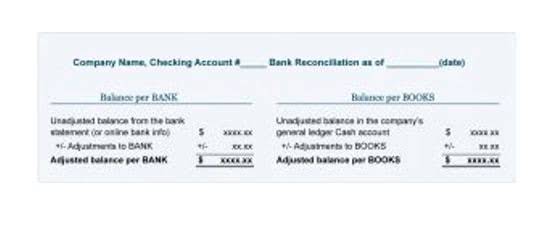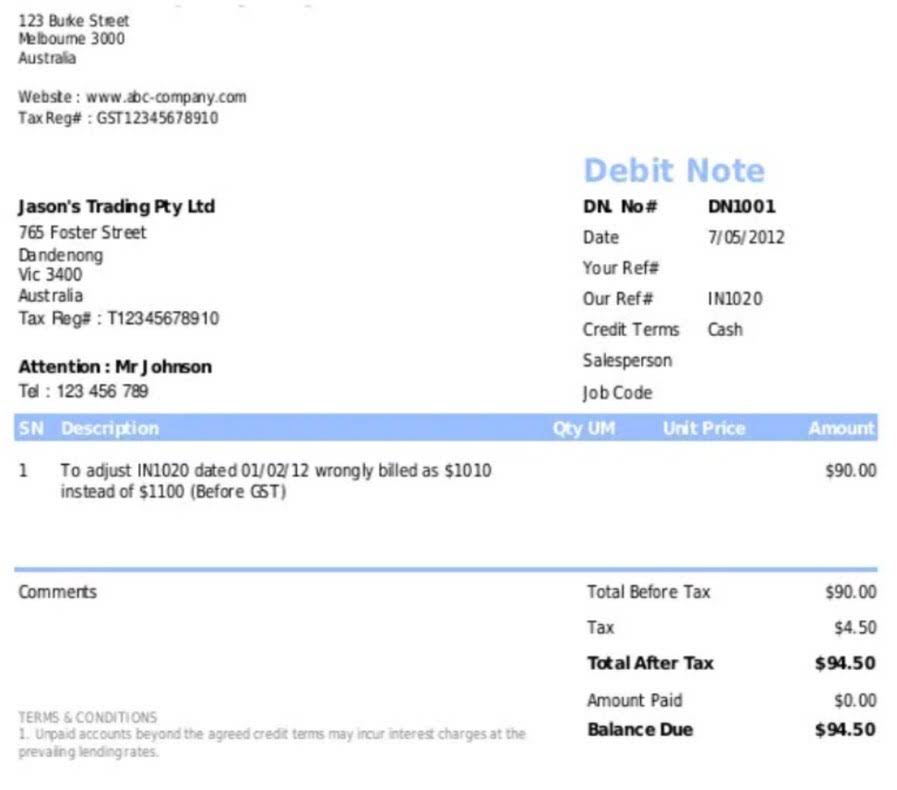
Consequently at the end of each accounting period the business carries out a suspense account reconciliation. Any balance is investigated so that correcting adjustments can be made before the final financial statements are issued. Accordingly irrespective of the issue resulting in the suspense account posting, at the end of the accounting period the account balance reduces to zero with correcting journal entries.

Which of these is most important for your financial advisor to have?
- Michelle and the supplier agreed to settle the balance owed to Michelle through a contra entry.
- When you get the information you need, reverse the suspense account entry and make an entry in the permanent account.
- Sometimes it may happen that the transactions may have some missing information or incorrect details were entered into records.
- Auditors will scrutinize the nature and balances of suspense accounts and request clarification or additional supporting documentation if necessary.
The errors which do involve a suspense account will also require journal entries to correct them, but one side of the journal entry will be to the suspense account opened for the difference in the accounting records. Once the nature of a transaction is clarified, the accountant can then move the funds from the suspense account to the appropriate permanent account. This could be any number of specific accounts, such as accounts receivable, revenue, or a liability account, depending on the transaction’s characteristics. The reallocation is typically accompanied by a journal entry that provides a clear audit trail from the suspense account to the final destination in the ledger. This transparency is crucial for both internal and external audits, ensuring that every financial move is accounted for and can be explained. A brokerage suspense account plays a crucial role in the world of investing, similar to other types of suspense accounts, but it is specifically used within brokerage firms.
Purpose of Suspense Accounts
When we record uncertain https://x.com/bookstimeinc transactions in permanent accounts, it might create balancing issues. A suspense balance mortgage refers to a temporary account where incomplete or unclear mortgage payments are held. If payments don’t cover all dues or lack allocation details, they are placed in suspense until resolved.

Transitioning Entries to Permanent Accounts

Similarly, if a borrower pays more than they owe for a particular month—without designating how those funds should be applied—the servicer may put the extra money into a suspense account for the time being. If you get a payment, but you don’t know who has sent Accounting Periods and Methods it, you may need to place the amount in a suspense account. Once you have checked invoices and other correspondence and confirmed with the client or customer, you can then move the amount to the appropriate account. Suspense accounts serve as a placeholder until the missing or uncertain details are resolved, when they would be moved back into the general ledger. A customer paid an outstanding $1,000 invoice in two partial payments of $500. The unclassified transactions temporarily “parked” in this account are a “suspense” that we need to investigate and relocate into their correct accounts accordingly.
By following these steps, you can effectively use suspense accounts to manage uncertain or incomplete transactions. This practice not only helps in keeping your financial records organized but also aids in ensuring compliance and accuracy in financial reporting. Much like the other types of suspense accounts, the suspense accounts at brokerage firms are used to hold funds temporarily while transactions are being completed. A suspense account may also be established if further information is needed to finalize the transaction or if there are other complications that need to be resolved. Accounts payable suspense accounts are opened when you purchase a fixed asset by making payments but will not receive the asset until it is fully paid off. The suspense account lets you record your payments without assigning the payments to a specific equipment or machinery account.

- Once the nature of a transaction is clarified, the accountant can then move the funds from the suspense account to the appropriate permanent account.
- To record this, Michelle processed a journal entry to remove both the $400 trade payable and $500 trade receivable and posted the difference to the suspense account.
- This type of account temporarily holds funds or securities until the correct placement of the transactions can be determined.
- The Account Reconciliation Software automates the tedious task of matching transactions across various accounts, significantly reducing discrepancies and enhancing efficiency and accuracy.
- A suspense account could also be a liability if it holds accounts payables that you don’t know how to classify.
- The entry will not reconcile correctly with other related accounts, potentially causing confusion and inconsistencies in financial reporting.
- But a business has to record every transaction, in such cases the use of a suspense account is recommended.
When a transaction occurs and it’s not immediately clear where it should be recorded, it goes into this mystery box until more information is available to properly suspense account classify it. A trial balance is the closing balance of an account that you calculate at the end of the accounting period. When debits and credits don’t match, hold the difference in a suspense account until you correct it. A typical suspense account example is running a trial balance to check a double-entry balance sheet. If there is an anomaly, this amount is placed in a suspense account until the balance is corrected, and the amount is accurately placed in the right account. Just like any to-do pile, the suspense account cannot hold your mystery amounts forever, and its proper place will need to be determined.
A customer paid $1,000 in cash without specifying which invoice the payment relates to. Let’s suppose you have been alerted that a remittance someone sent you from abroad is ready for withdrawal. Until you actually make the withdrawal from the agent or financial institution, the remittance money may be stored in their suspense account. There is an uncertainty regarding transaction classification at the time of its entry into an accounting system.


